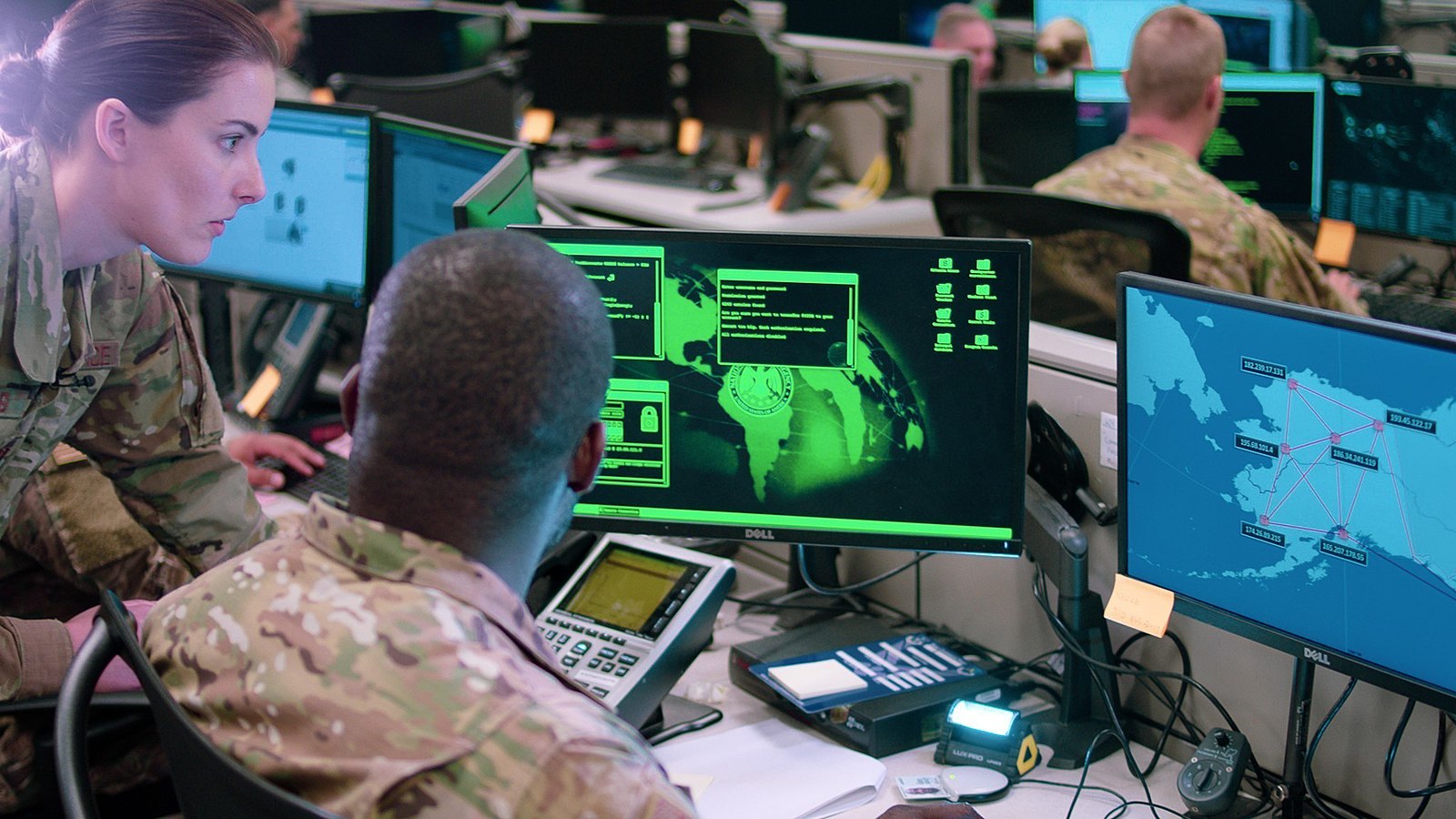China’s Employment of Unmanned Systems: Across the Spectrum from Peacetime to Wartime
While China has become a driving force for the proliferation of UAVs worldwide through its extensive and increasing exports, China’s own use of these systems could also influence global norms regarding their employment.
Published by The Lawfare Institute
in Cooperation With

While China has become a driving force for the proliferation of UAVs worldwide through its extensive and increasing exports, China’s own use of these systems could also influence global norms regarding their employment. To date, major Chinese UAVs, such the Caihong and Wing Loong, which can be used for reconnaissance and precision strike, have been exported to multiple militaries, including those of Myanmar, Kazakhstan, Nigeria, Saudi Arabia, and Iraq. Concurrently, the Chinese People’s Liberation Army (PLA), as well as various Chinese paramilitary, paranaval, and security services, have acquired and fielded UAVs that range from smaller, tactical models to larger and more sophisticated systems. Although its approach to the use of UAVs differs from that of the U.S., China could take advantage of existing precedents to employ UAVs across the spectrum from peacetime to wartime. 
To date, the PLA has incorporated a range of UAVs into its force structure, across each of its services, and even into People’s Armed Police (PAP) and militia units. It has also started to experiment with and, to a more limited extent, field unmanned underwater, ground, and surface vehicles. The two most sophisticated models currently in service with the PLA Navy and PLA Air Force respectively are the BZK-005, a medium-altitude long-endurance UAV primarily employed for reconnaissance, and the GJ-1 (Gongji-1) variant of the Pterodactyl (or Yilong) series, capable of integrated reconnaissance and precision strike, as well as electronic warfare. In addition, the Chinese Ministry of Public Security and China Coast Guard, under the State Oceanic Administration, have started to employ greater numbers of UAVs to increase the efficiency of their surveillance capabilities.
The PLA is likely to employ unmanned systems in a variety of scenarios:
In the East and South China Seas, UAVs have been and will continue to be utilized to maintain a persistent presence in these disputed waters. The BZK-005, which reportedly has the ability to remain airborne for up to 40 hours, has been used for surveillance in the East and South China Seas. According to the Japanese Ministry of Defense, a BZK-005 UAV entered Japan’s Air Defense Identification Zone (ADIZ) in the East China Sea and was intercepted by Japanese fighter jets in 2013. In May 2016, a BZK-005 was also discovered to have been deployed on Woody Island in the Paracels, based on satellite imagery. There are also indications that the China Coast Guard may be expanding its use of UAVs. In fact, Japan recently lodged a protest with China after four coastguard vessels entered Japanese territorial waters in the East China Sea accompanied by an unidentified UAV. In the near future, intelligent unmanned surface vehicles might also be employed in attempts to reinforce Chinese claims, and the China Coast Guard has reportedly acquired the M75 High Speed Security Patrol USV, designed for missions of border protection, port security, and surveillance.
The PLA and PAP, along with other elements of China’s internal security apparatus, could use UAVs in counterterrorism activities and other attempts to counter perceived threats to social stability. Increasingly, UAVs may continue to be used to reinforce the rapid build-up of a security state in regions like Xinjiang and Tibet, enabling persistent surveillance or perhaps even the capability to engage in targeted strikes. Since at least the early 2010s, UAVs have been employed to assist in “anti-terrorism” campaigns in Xinjiang. In one case, local SWAT officers used UAVs to support the search for suspects after a terrorist attack in Xinjiang. Xinjiang authorities also plan to deploy greater numbers of UAVs to enhance border control.
As China’s interests and activities expand beyond its borders, the PLA might also utilize UAVs for counterterrorism purposes abroad or to support overseas peacekeeping missions. In 2014, the PLA Air Force used the GJ-1 for missile strikes during the Shanghai Cooperation Organization’s counterterrorism exercise, Peace Mission. The GJ-1, which is capable of carrying multiple forms of precision weapons, has been described in official media as ‘tailored for global counterterror action’ and characterized as capable of tactical targeted killings. To date, Chinese defense academics and legal scholars have typically condemned U.S. UAV operations in the Middle East, especially for the violation of sovereignty associated with conducting such operations without the approval of the country in question. In 2013, Chinese authorities contemplated but refrained from using an armed UAV to kill a Burmese drug trafficker responsible for the murder of Chinese citizens overseas. However, as pressures to respond to domestic and transnational security threats increase, China’s use of UAVs could increasingly take advantage of the legal ambiguity and precedents from U.S. practice.
In a wartime scenario, the PLA could employ sophisticated unmanned weapons systems to enhance its counter-intervention or “anti-access/area-denial” (A2/AD) capabilities. To date, the U.S. has primarily used UAVs in low-intensity conflicts, often for targeted killings, but the PLA has tended to focus on the utility of UAVs in scenarios of “informatized local war.” The probable missions for the PLA’s unmanned weapons systems could include intelligence, surveillance, and reconnaissance (ISR); integrated reconnaissance and strike; information operations, especially electronic warfare; data relay, including communications relay and guidance for over-the-horizon (OTH) targeting.
PLA strategists recognize and intend to capitalize upon the trend towards “unmanned, intangible, silent warfare” (“无人, 无形, 无声”战争) that is increasingly “intelligentized” (智能化). Indeed, the PLA seeks to leverage artificial intelligence to enhance its capabilities, including the recent advances in swarm intelligence that could enable “swarm warfare” tactics for asymmetric assaults against major U.S. weapons platforms, such as aircraft carriers. There are indications of recent breakthroughs—including a demonstration at the 2016 Zhuhai Airshow in November 2016, and a supposedly record-breaking formation of 1,000 UAVs in February 2017.
For China, as for the U.S., unmanned systems can serve as useful instruments through which to pursue national security interests without effective legal or normative restraints. To reinforce dubious maritime claims, unmanned systems can contribute to changing “facts on the water” but could provoke further tensions in the East and South China Seas. As the Chinese leadership’s anxieties about and continued crackdowns in Xinjiang and Tibet intensify, UAVs could become a critical component of China’s internal security apparatus, used for surveillance—perhaps even targeted strikes. Concurrently, the PLA will continue to advance its ability to utilize a range of unmanned systems as a force multiplier for Chinese military power. As China incorporates these systems as a critical element of its national and domestic security toolkit, it may create new international precedents for their employment.





